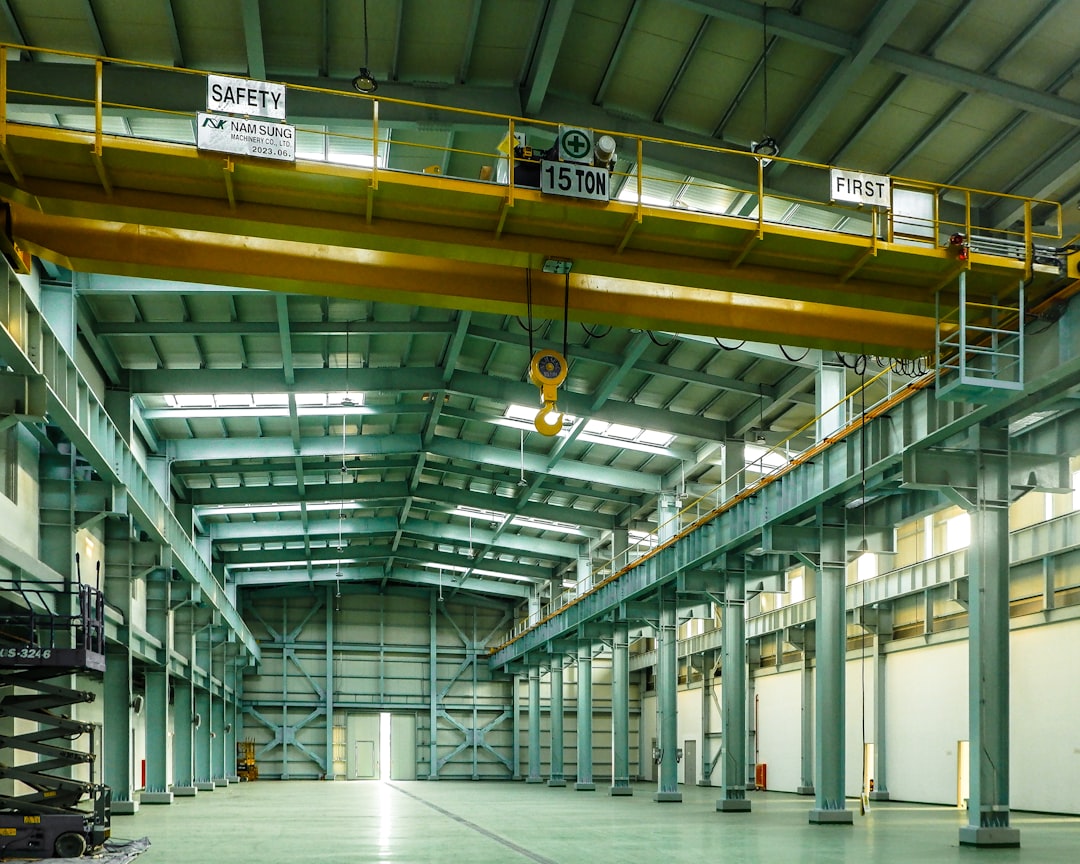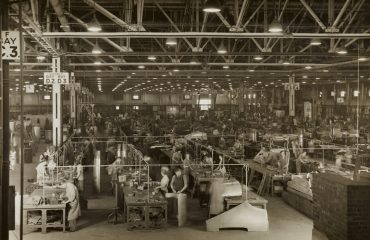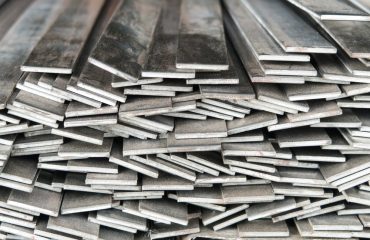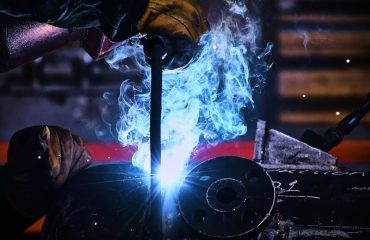body {
font-family: sans-serif;
line-height: 1.6;
}
h1, h2, h3 {
color: #333;
}
h1 {
font-size: 2.5em;
}
h2 {
font-size: 2em;
}
h3 {
font-size: 1.5em;
}
The European Union’s CE marking is a mandatory conformity assessment marking for many products sold within the European Economic Area (EEA). For steel products, obtaining CE certification signifies compliance with relevant EU directives and regulations, ensuring safety, health, and environmental protection. This comprehensive guide will navigate you through the complexities of CE certification for steel, explaining the process, requirements, and benefits.
Understanding the CE Marking for Steel
The CE marking isn’t a quality mark; it’s a declaration by the manufacturer that their steel product conforms to all applicable EU legislation. This means the steel meets specific requirements regarding its mechanical properties, chemical composition, and manufacturing processes. For steel, this often involves adherence to harmonized standards (EN standards) that are referenced within the relevant directives. Failure to comply can lead to significant penalties, including product seizure and hefty fines.
The specific directives relevant to steel will vary depending on the intended application of the product. For example, structural steel used in construction will fall under different directives than steel used in pressure equipment or medical devices. Identifying the correct directives is the crucial first step in the certification process.
Key Directives and Harmonized Standards for Steel CE Certification
Several directives play a crucial role in determining the CE certification requirements for steel. These include, but are not limited to:
- Construction Products Regulation (CPR) (Regulation (EU) No 305/2011): This regulation governs the placing on the market of construction products, including steel used in buildings and infrastructure.
- Pressure Equipment Directive (PED) (2014/68/EU): This directive covers pressure vessels, piping, and other equipment operating under pressure, often involving steel components.
- Machinery Directive (2006/42/EC): This directive applies to machinery incorporating steel components, ensuring their safety and proper functioning.
Each directive references specific harmonized European standards (EN standards). These standards detail the technical specifications that steel products must meet to achieve CE conformity. Compliance with these standards provides a presumption of conformity with the relevant directive.
The CE Certification Process: A Step-by-Step Guide
The CE certification process generally involves the following steps:
- Identify Applicable Directives and Standards: Determine which EU directives and harmonized standards apply to your specific steel product.
- Design and Manufacturing: Ensure your design and manufacturing processes comply with the identified standards.
- Internal Production Control: Implement a robust quality management system to monitor and control the production process and ensure consistent compliance.
- Conformity Assessment: Choose a suitable conformity assessment procedure, which may involve internal production control, type examination, or a combination of methods. This may require the involvement of a Notified Body (NB).
- Technical File Compilation: Prepare a comprehensive technical file documenting the design, manufacturing process, test results, and conformity assessment procedures.
- CE Marking and Declaration of Conformity: Affix the CE marking to the product and issue a Declaration of Conformity (DoC) that confirms compliance with all relevant regulations.
The Role of Notified Bodies in Steel CE Certification
Notified Bodies (NBs) are independent organizations designated by EU member states to assess the conformity of products with EU legislation. Depending on the chosen conformity assessment procedure, an NB may be required to review the technical file, conduct factory inspections, or perform product testing. The involvement of an NB adds credibility to the CE marking and demonstrates a higher level of assurance to customers.
Selecting a reputable and accredited NB is crucial. The NB should be competent in assessing steel products and familiar with the relevant directives and standards. Their involvement ensures an objective and impartial evaluation of the conformity of your steel product.
Benefits of CE Certification for Steel Products
Obtaining CE certification offers numerous benefits:
- Access to the EEA Market: CE marking is mandatory for many steel products sold within the EEA, making it essential for market access.
- Enhanced Customer Confidence: The CE marking reassures customers that the product meets high safety and quality standards.
- Improved Brand Reputation: CE certification enhances brand reputation and trust among customers and stakeholders.
- Reduced Legal Risks: Compliance with EU regulations reduces the risk of penalties, product recalls, and legal disputes.
- Increased Competitiveness: CE certification can provide a competitive advantage in the marketplace.
Navigating the complexities of CE certification for steel products can be challenging. However, understanding the process, directives, and standards involved is crucial for ensuring compliance and accessing the vast European market. Thorough preparation and potentially engaging with an experienced Notified Body can significantly ease the process and ensure a successful outcome.
Tags: CE marking, steel certification, EU directives, harmonized standards, Notified Body, construction steel, pressure equipment steel




